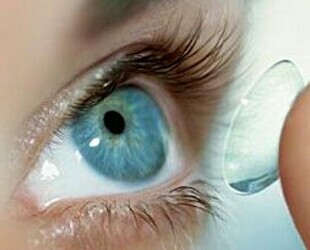
Among the external instruments of vision correction, contact lenses are becoming increasingly popular.
And this is not surprising, because their advantage over points is beyond doubt.
Especially lenses are appreciated by representatives of the younger generation, since they are less cumbersome.
They also do not spoil the appearance( and colored lenses can improve it), they are more resistant to external influences - in a word, they meet the needs of young and energetic people.
But their use has age restrictions, and also requires some simple rules, and you need to read them before you go to the store.
- 1. Species of
- 2. Contraindications to
- 3. What about age limits?
- 4. Rules of carrying and care
- 5. Results of
- 6. Useful video of
Species of
First we will sort out the varieties of lenses. There are several criteria for classification: on materials of manufacture, on a mode of carrying, on purpose, etc. We will analyze all these criteria.
Soft and rigid
Soft lenses are the most common, they are used for myopia, hyperopia and similar diseases.
The scope of hard lenses is narrower, they are used to fix the eyeball and give it the right shape.
Medical and cosmetic
The first correct vision, being lenses with diopters, the latter are simple plastic pads that adorn the eye and change its color.
Cosmetic products, in turn, can be colored or toned, that is, you can change or color the eyes to another, or just change their hue.
Daytime and permanent
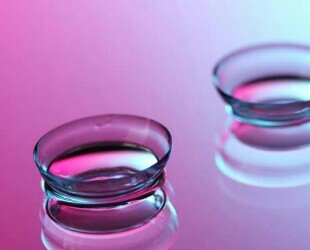
The first must be removed at night, with the second do not necessarily.
Frequent replacement and rare replacement
The first need to be replaced by new ones every day or week, they are inexpensive and sold in a large number of copies.
The second type of lens requires a monthly or quarterly replacement. They are made of quality materials, but still subject to the accumulation of microorganisms and protein deposits, so they need constant care.
Forms
The shape of the lens can be spherical, aspherical, multifocal and toric.
Water content
Products with different amounts of water are on the market. So, it can be an average amount( 50%), high and low( more and less than 50, respectively).
Each variety of products has its own area of application. For myopic and far-sighted people, as well as patients with astigmatism, lenses with diopters are manufactured.
In their structure, they are similar to the points with the difference that they are better suited for people whose visual acuity in both eyes differs from each other.
Another advantage over glasses is that the outlines of objects are not distorted, while the glasses show them on a smaller or larger scale due to a loose fit to the eye, which causes an optical distortion effect.
They are also suitable for work in areas where glasses are simply not applicable, for example, in sports and other activities are mobile.
Permanent relationship lenses are not recommended for people with minor vision impairments. They will have enough daytime lenses daily or weekly replacement.
A permanent lenses of a monthly or quarterly replacement are more suitable for those with severe visual impairment and need to be adjusted even at night.

The products of a narrower purpose are also produced. For example, scleral lenses have a special shape and are large compared to standard size lenses. They have a special attachment to the eye and are filled with liquid. They are used both in medicine and for decorative purposes.
Orthokeratology lenses are the most premium product in the segment. This is due to their special effect: they are worn only for the night and during this time give the eyes the right shape, which allows them to see well throughout the day. These are very expensive products, they are made individually for each person.
And do you know how to properly put contacts on the lens? This is shown in the following image:
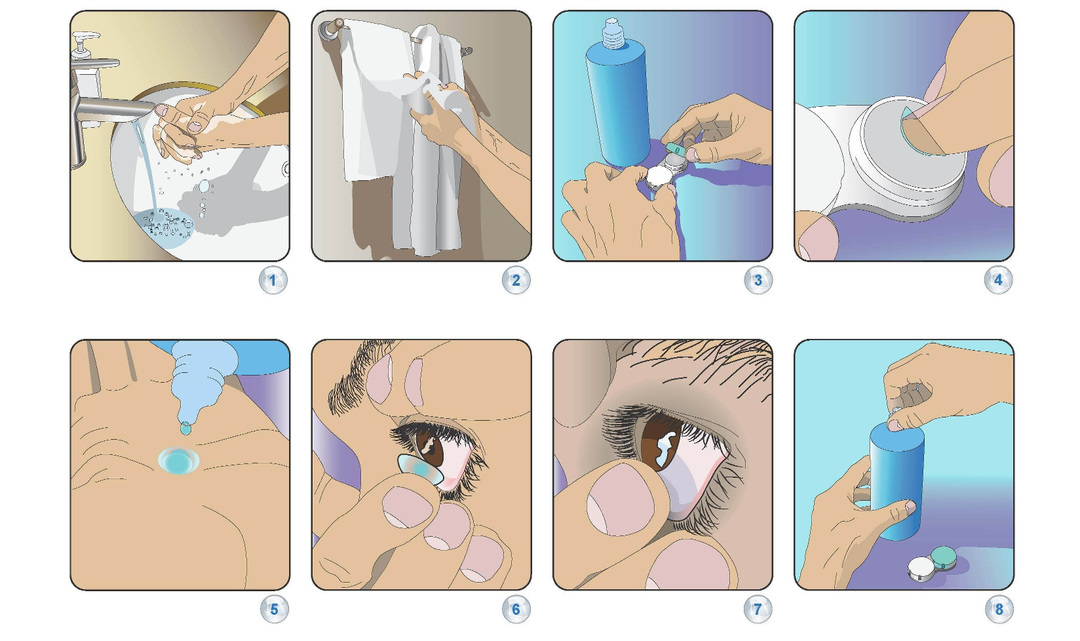
Contraindications
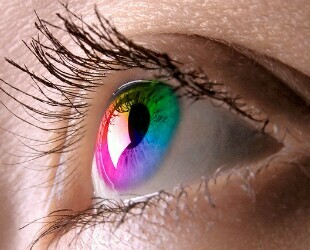
Despite the production of pure sterile materials, safety of wearing and gentle treatment of the eye, there are some conditions under which it is highly discouraged to wear the lens.
This includes inflammation of the eyes and eyelids, conjunctivitis, severe strabismus, glaucoma, lens dislocation, severe lacrimation, allergies.
In the case of these diseases, the eye will react too painfully to the foreign body. It is forbidden to use them in case of infectious diseases, since in this case the lens will act as a protective screen for bacteria, which will promote their reproduction.
What about age restrictions?
It can be stated unequivocally that parents should not arbitrarily appoint their children to wear contact lenses. Only a doctor can do this.
It can be prescribed to children from the age of five, but this is not an ordinary practice. As a rule, lenses are prescribed to children from 14 years of age.
This situation is due to the fact that the form and structure of the organs of vision are finally fixed at this age. Before this lens, especially their hard options, can make irreversible changes in the shape of the eyes.
So, lenses, including colored ones, can be worn from the age of 14.
Rules of carrying and care
Parents should teach the child to use such a delicate thing. If you do not comply with the right hygiene, you can easily take yourself to an infection or spoil your lenses.
First, always make sure that the lenses are always removed for the night( if they can not be worn around the clock).Secondly, it is necessary to teach the child how to properly wear, remove and store them.
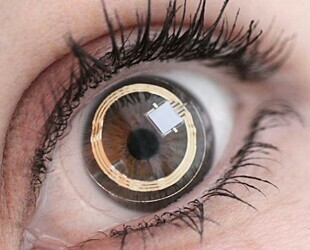
To put on the lenses, you must first wash your hands with soap, take the lenses out of the container with your index finger, pull back both eyelids, and gently touch the index finger of the cornea - the lens should stick to it. Then, blink your eyes to fix the lens in the correct position.
To remove the lens, you need to wash your hands, dry them well, drip a special solution into your eyes, take a lens removal device( suction stick), bring it to the lens and pull it.
After that you need to clean it. To do this, rinse the lens with running water, hold them in a disinfectant solution and place in a storage container.
Regularly replace the storage solution with fresh, carry out an extraordinary replacement, if for some reason you found dirt or dust in it.
When using household aerosol products such as air fresheners, perfumes and deodorants, close your eyes - getting aerosols can damage the lens. It is also recommended to take water procedures with the lenses on.
Do you use lenses? This may come in handy:
- What is the curvature of lenses?
- Which lenses are better: one-day or monthly?
- Which lens solution is best for you?
Results of
Contact lenses are one of the best options for vision correction. They are comfortable in everyday life, easy to operate and do not allow you to see objects on their natural scale.
But small children can not appreciate their advantages - until the age of 14, wearing contact lenses is undesirable and can be prescribed by a doctor only in exceptional cases.
They also have some other contraindications, including inflammation and mechanical damage to the cornea.
Parents should teach their children to use these devices correctly, their proper wearing requires a delicate approach and hygiene.
Useful video
We recommend to watch this video:
